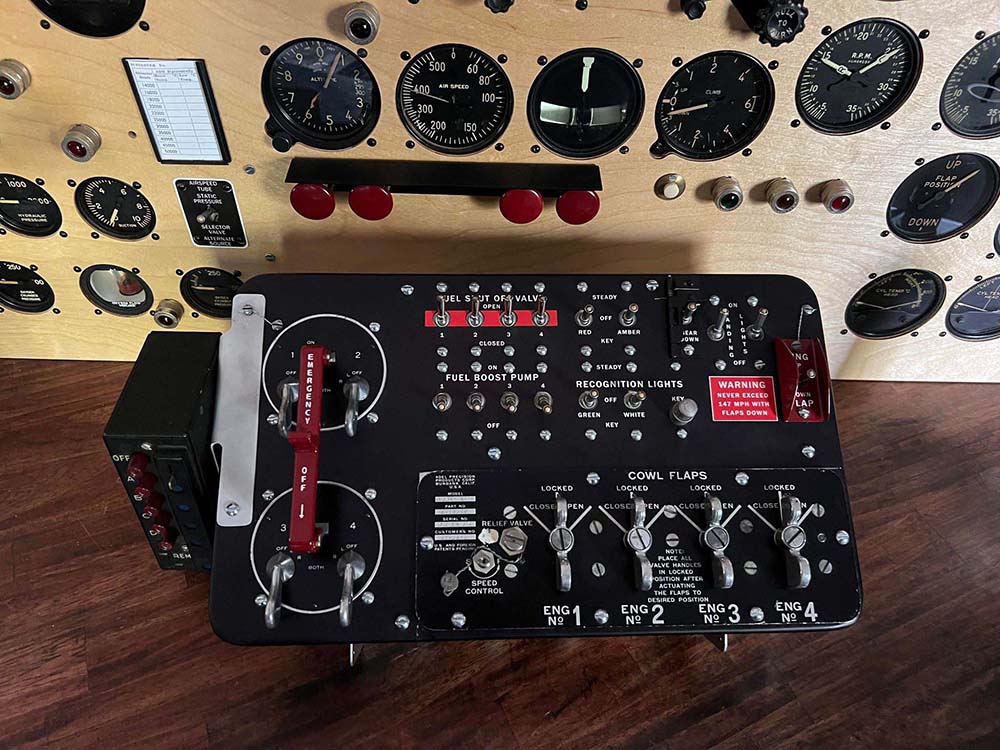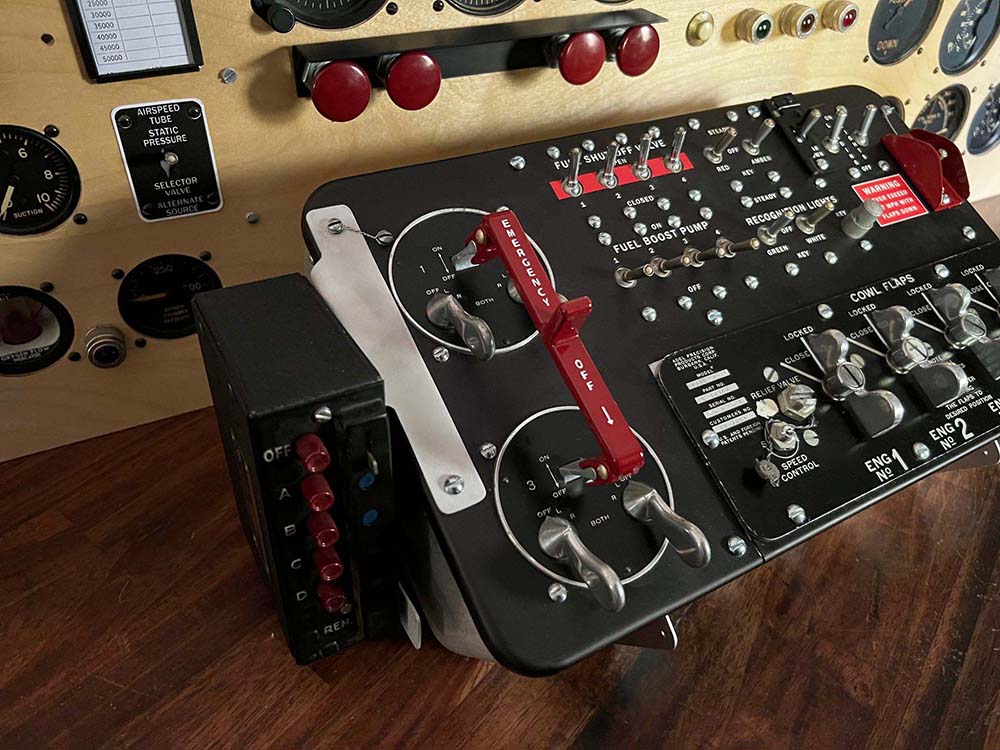
Today I wanted to give a special thanks to our friends at Asheville Metal Finishing, located just a couple miles from our hangar workshop in Asheville, North Carolina.
Longtime followers will recognize that one of the accuracy issues that we focus on the most is finish and paint schemes. We do this because we wish to counter the myth that wartime B-17s had painted interiors. They did not. We have covered this in some detail before, but in general, outside of the cockpit, B-17 interiors were completely unpainted. To this end, we have even gone so far as to transcribe the finishing sections of the B-17’s manual on our website. You can see it here.
The B-17’s finish specifications usually followed a pattern: cockpit equipment was painted, wood given clearcoats of lacquer, steel was cadmium plated, and unpainted aluminum (outside of the skins) was clear anodized and/or coated in primer.
This “primer” was actually the zinc chromate coating we have described before. Because the compound was mixed with a black pigment, this was the origin of the sickly yellow-green color so often associated with Second World War aircraft from the United States. Depending on manufacturer and mixture, this color varied wildly between manufacturers. It should not however, be mistaken for a paint, such as the “interior green” so common on US Navy aircraft. On Douglas-built B-17s like Lucky Thirteen, stringers and ribs were usually dipped in zinc chromate while leaving the interior skins bare – a process we replicate.
Recreating the anodizing process is more difficult, and we are ever thankful for Asheville Metal Finishing in helping us with this need. Simply defined, anodizing is a process that involves running an electrical current through an acid bath so that the part inside produces a protective oxide layer. Its use on an industrial scale actually began in 1923 specifically for the aviation industry. Anodizing is a finicky and careful process that is as much an art as it is a science, needing proper technique to obtain a smooth finish. As such, we are fortunate that Asheville Metal Finishing is so adept at this practice.

While the vast majority of the anodized pieces on the B-17 were clear coated, I thought that the cockpit center console panel might be a more effective example of this technique.
This panel was given a black anodized finish, which is a beautiful match for the period black found on original pieces. Black is always a difficult color to match properly, and it is worth noting that period paints were often not only toxic, but substantially stronger than modern paints. Anodizing the black on this panel ensures a nice even finish that is also resistant to wear.
Our special thanks to Kippin Jordan and the team at Asheville Metal Finishing. We look forward to continuing our work with you as this project progresses. Soon we will be taking them the hardware for the interior doors and the radio room ammunition box for clear anodizing, and the magneto linkage switch and flap switchguard for back anodizing.
Keep the show on the road!

